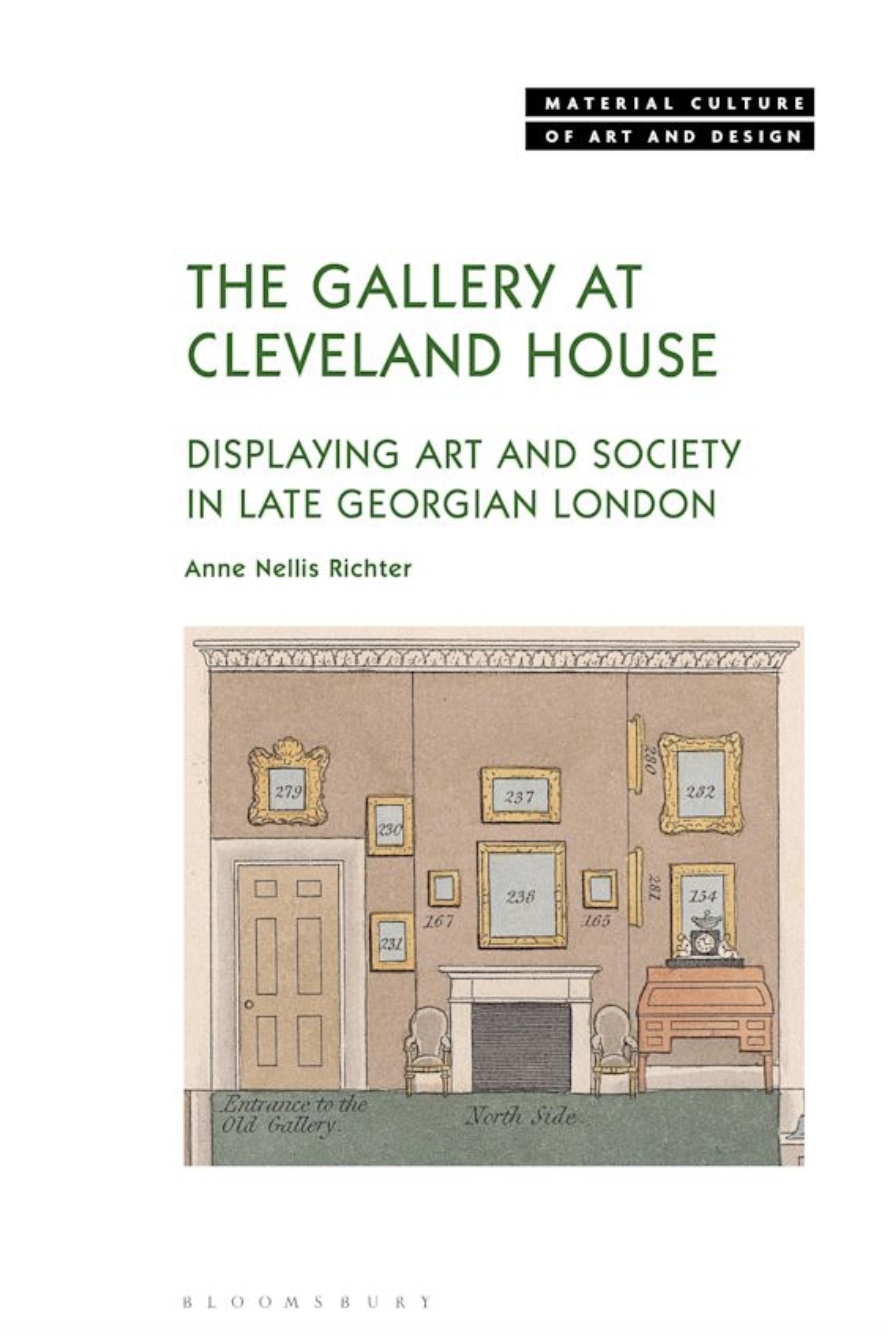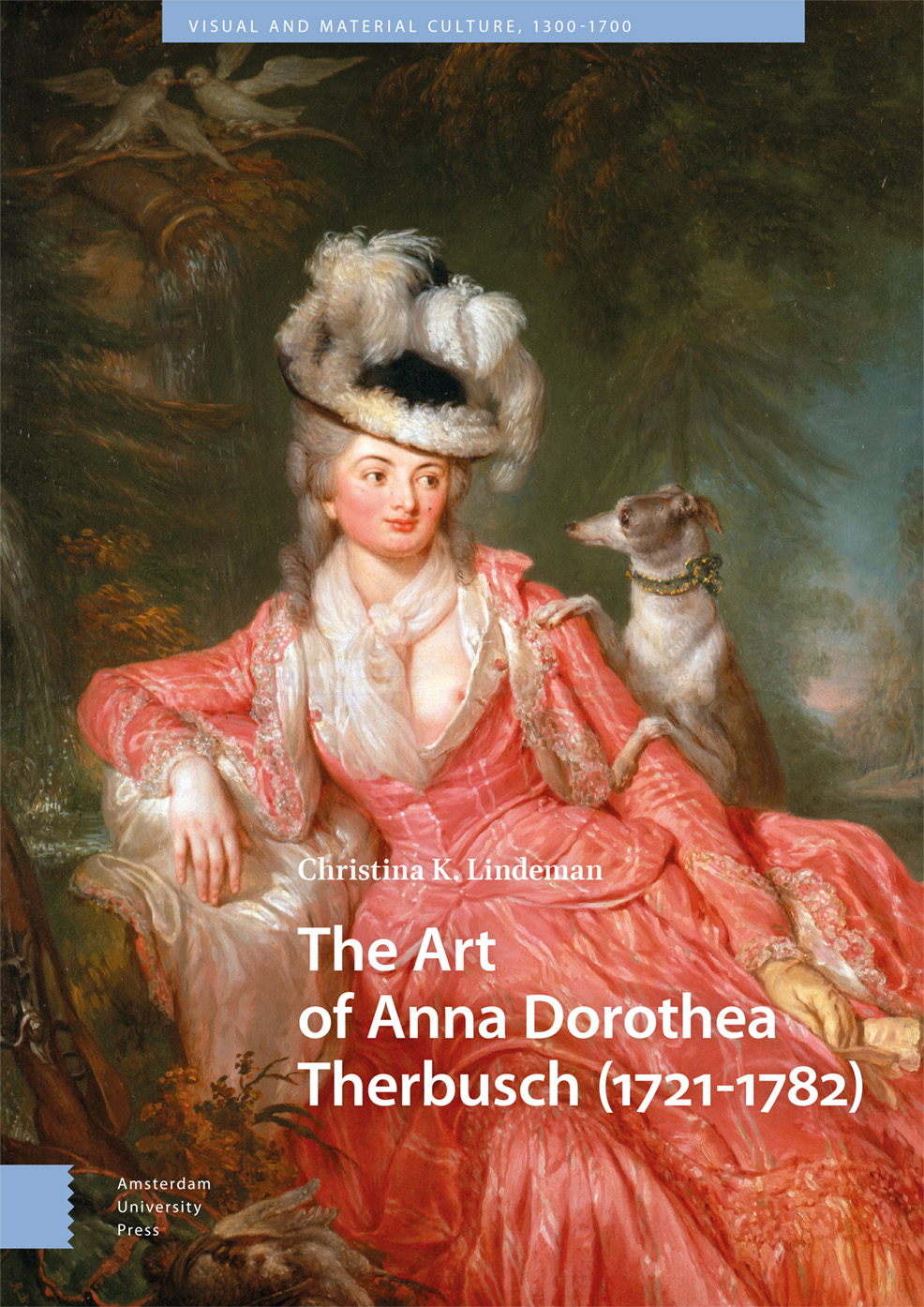Call for Papers | Commerce and Circulation of Decorative Arts, 1792–1914

Benjamin Eugène Fichel, À l’hôtel Drouot, 1876 , exhibited at the Salon in 1877, oil on canvas, 61 × 90 cm. [The painting sold for €80,000 at a sale held in Paris by Beaussant Lefèvre on 22 June 2017, as reported by the Antiques Trade Gazette. –CH]
◊ ◊ ◊ ◊ ◊
From the Call for Papers, which includes the French Appel à communications:
The Commerce and Circulation of Decorative Arts, 1792–1914:
Auctions, Dealers, Collectors, and Museums
Le commerce et la circulation des objets d’art, 1792–1914:
Ventes aux enchères, marchands/es, collectionneurs/ses et musées
Lyon, 25–27 September 2024
Proposals due by 17 March 2024
This international three-day colloquium, to be held in Lyon, France, from 25 to 27 September 2024, will investigate the role played by auctions, dealers, collectors, and museums in the circulation of the decorative arts from 1792 until 1914. Beginning with the ‘ventes des biens des émigrés’ in Revolutionary France and ending with the onset of World War I, these were years of seismic political and socio-economic change that revolutionised the art market.
It was during the nineteenth century that the decorative arts, originally described as ‘curiosities’ and then ‘antiques’, became the subject of intellectual curiosity. The period under review saw the emergence of a more scholarly approach and publications, the development of the antiques trade and of museum collections devoted to the decorative arts, facilitated by the expansion of global trading networks, extended by colonisation and encouraged by international travel and world fairs. London and Paris led the growth of this market, but economic downturn in Britain and France resulted in the mass export of art to the Americas from the 1880s. At the same time, a new cosmopolitan elite stimulated purchase across Europe, competing with museums for prize objects.
These developments were first charted by Gerald Reitlinger in The Economics of Taste: The Rise and Fall of the Objets d’art Market since 1750 (1963) and then by Clive Wainwright in The Romantic Interior (1989). Art market historiography has increased exponentially over recent years with scholarship on dealers (Lynn Catterson, Paola Cordera, Charlotte Vignon, Mark Westgarth), collectors and museums (Julius Bryant, Ting Chang, Suzanne Higgott, Sophie Le-Tarnec, Pauline Prévost-Marcilhacy), collecting culture (Elizabeth Emery, Tom Stammers, Adriana Turpin), and markets and networks of trade (Anne Helmreich, Léa Saint-Raymond), among others as well as a dedicated Journal for Art Market Studies. This has been augmented by the Getty Provenance Index, Bloomsbury Art Market, the Archives Directory for the History of Collecting in America, the creation of specific publishers’ series (from Brill and Bloomsbury), the digitisation of auction catalogues, and two programmes initiated by INHA (one on Connoisseurs, Collectors and Dealers of Asian Art in France, 1700–1939, and the other on Sales of Antiquities in Nineteenth-Century France).
To date, however, scholarship has largely centred on the fine arts. This conference will focus on the commerce and global circulation of the decorative arts in order to open new perspectives and approaches that will provide a more comprehensive understanding of the art market. ‘Decorative arts’ are taken to include: furniture, metalwork, clocks, silverware, ceramics and glass, enamels, small sculpture, hardstones, ivories, jewellery, textiles, tapestries, and boiseries, from Ming dynasty porcelain, Mamluk glass, and Augsburg Kunstkammer objects to Boulle furniture, and Thomire bronzes, not to mention the contemporary Arts and Crafts and Art Nouveau movements.
We hope to encourage interdisciplinary dialogue among participants specialising in art history, material culture and economic history. We welcome presentations using new methodologies or technologies for interpreting dealer/ collector/museum records and auction results as well as well as more traditional case studies. Topics for consideration will investigate the inter-relationships between the decorative arts market, connoisseurship, taste, and collecting practice. They may include, but are not limited to the following:
• The repercussions of political and socio-economic change on the circulation of objects
• Auctions and their impact on networks of local and international exchange
• Collectors’ preferences and methods of acquisition (auctions, dealers, agents, and advisors)
• The role of dealers, agents, curators and advisors, their influence on taste and collecting practice
• Networks of trade between Europe, the Americas, Asia, the Middle East, and further afield
• Collaboration and competition within and between networks across borders
• The influence of the circulation of antiques on workshop practice and craftsmanship in the decorative arts
• The involvement of museums in the art market, their role at auctions, and the relations between dealers and curators, trade expertise, and scholarly research
• The impact of public exhibitions on the art market and the trade in decorative arts
• Connoisseurship and expertise across borders: the interrelationship between the discourse of decorative art history and the market (including the use of photography, sale catalogues, museum catalogues, and scholarly publications and journals)
• Cultural transfers through collecting practice
• The visualisation and staging of the collecting space/ interior
• The use of digital tools to analyse the circulation of the decorative arts
We encourage submissions from both early career researchers (PhD candidates) and established scholars, involved in the study of trade, art markets, collections, as well as museums and provenance research. This will be an ‘in-person’ event. It is hoped to cover accommodation for speakers for the duration of the conference. The symposium will be bi-lingual (English is preferred). Please submit abstracts for 20-minute papers (of no more than 350 words), together with a brief biography as an email attachment to camille.mestdagh@univ-lyon2.fr and diana_davis@hotmail.co.uk no later than 17 March 2024. Applicants selected by the scientific committee will be notified by 22 April 2024. Further updates will be posted on the event webpage. We hope to publish a volume of essays stemming from revised conference papers.
Organising Committee
Natacha Coquery (Professeure, Université Lumière Lyon 2, LARHRA), Camille Mestdagh (Post-doctoral researcher, Université Lumière Lyon 2, LARHRA), Igor Moullier (Maître de conférences, ENS Lyon, LARHRA), Rossella Froissart (Directrice d’études, Ecole Pratique des Hautes Études-PSL, SAPRAT), Diana Davis (Independent researcher, PhD, University of Buckingham, UK)
Scientific Committee
Arnaud Bertinet (Maître de Conférences, Paris 1 Panthéon Sorbonne), Jérémie Cerman (Professeur, Université d’Artois, Arras), Paola Cordera (Associate Professor, Politecnico di Milano), Elizabeth Emery (Professor, Montclair State University, New Jersey), Sandra van Ginhoven (Head, Getty Provenance Index, Getty Research Institute, Los Angeles), Anne Helmreich (Director, Archives of American Art, Smithsonian Institution, Washington), Caroline McCaffrey-Howarth (Lecturer, University of Edinburgh), Johannes Nathan (co-founder of the Centre of Art Market Studies, Technische Universität, Berlin), Anne Perrin-Khelissa (Maître de conferences HDR, Université Toulouse-Jean Jaurès), Florencia Rodríguez Giavarini (Doctoral fellow, UNSAM-CONICET, Buenos Aires), Adriana Turpin (Head of Research, IESA, Paris)
This colloquium forms part of a wider project on the market for decorative arts: OBJECTive – ANR/ Lyon 2 Université / LARHRA : OBJECTive – ANR Objects through the Art Market: A Global Perspective – LARHRA.



















leave a comment